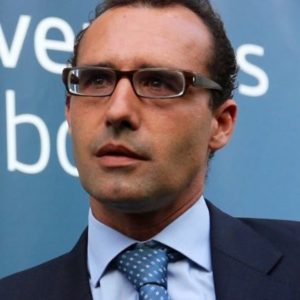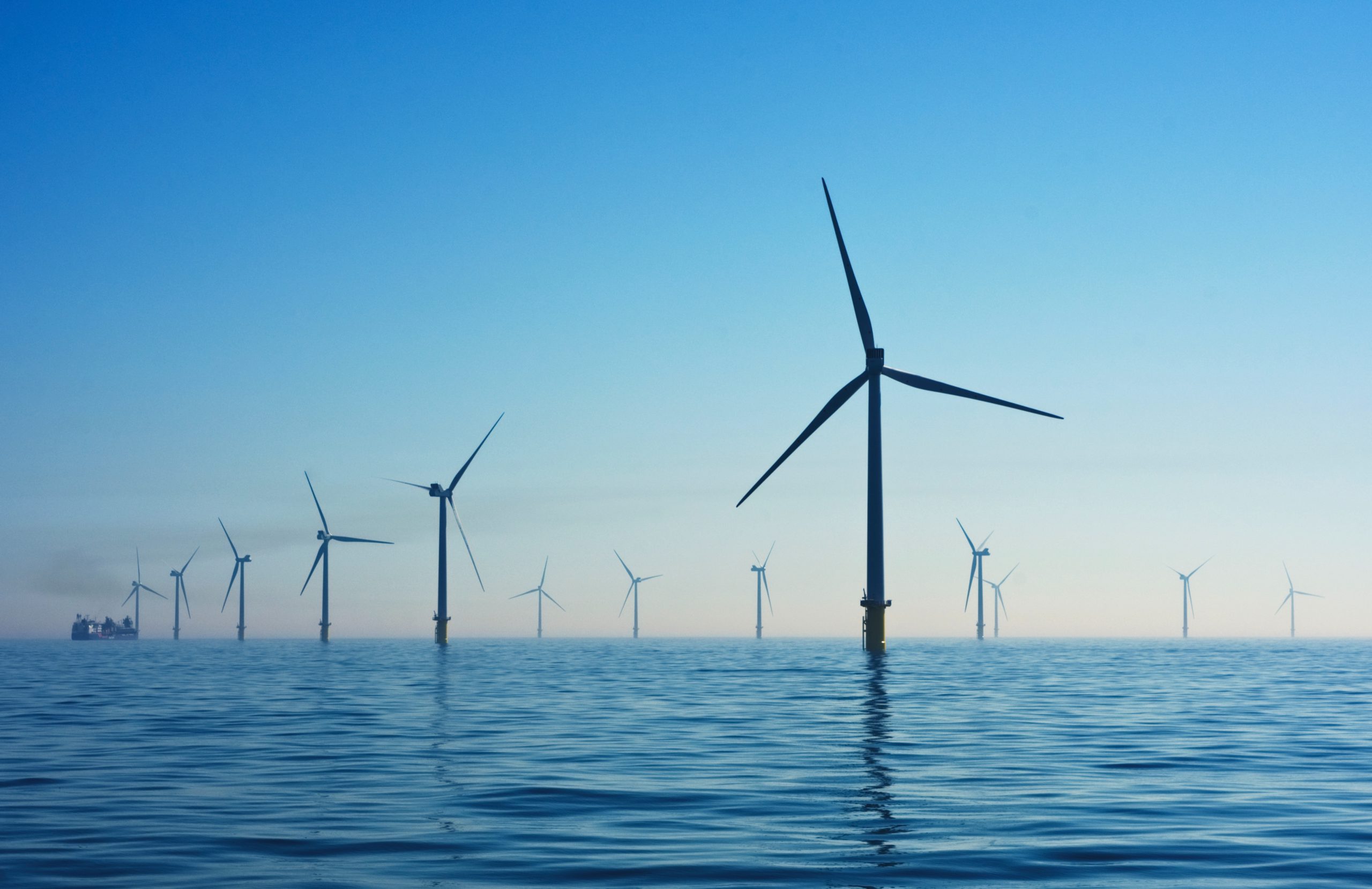The importance of the blue economy heralds a boom in startups and investor interest
It is called ESG and it is the acronym that refers to the factors that make a company sustainable through its social, environmental and good governance commitment. All this, of course, without ever neglecting the financial aspects. It is the evolution that has undergone in recent times the Socially Responsible Investment (SRI).
The basis for identifying whether a strategy is framed in the ESG criteria is in the 17 Sustainable Development Goals (SDG). These were set by the UN in 2015. One of them, the 14, is the one that refers to "Life under water" and has to do with the conservation and use of oceans, the seas and marine resources for the sustainable development. Meeting these objectives requires changing multiple production processes and looking for another way of doing things. And this requires annual investments of between 5 and 7 billion dollars.
The blue economy, which has to do with activities around the oceans, already has its "blue investors". Investors are increasingly looking for their decisions to have a positive impact on society in the long term. And in this context, one of the most interesting ways to invest in the blue economy are the so-called blue bonds, which are closely related to the previous SDG.
The first program in the world in this line was the Seychelles Sovereign Blue Bond. This arose in October 2018 for an amount of $15 million with a maturity of 10 years and accruing an annual coupon of 6.5%. It aimed to save the 115 Seychelles islands that are fringed by coral by promoting a pioneering financial instrument designed to support sustainable marine and fisheries projects. Although the amount raised was small, it served as proof of concept for blue bonds. Then there have been those launched by other countries such as Belize or Ecuador.
In this regard, some experts expect blue bonds to grow similarly to what green bonds have experienced.
Blue business and innovation options
But if we think in terms of startups and new initiatives based on technology, we are in luck. Opening a window to identify, attract and accelerate ideas that, starting from the sea, solve problems in any of the industries that make up this sector is a success.
There are opportunities for traditional fishing, for coastal tourism, for maritime navigation, for estuaries and salt flats,….for water sports….all these lines of business are open to innovation. At Incubazul we know this and hence our commitment to Cadiz attracting this talent.
The natural consequence of attracting this blue talent is the interest of investors who are also looking for these projects. We are talking about private investors and Business Angels who are interested in the revolutionary proposals that are being implemented in the blue economy environment. Some already come from expressing a social or environmental sensitivity in their investments, from aligning or worrying about the SDGs and who have ESG criteria “in vein”.
companies that succeed
There are examples of startups that are successful, that are liked, that are associated with the positive impact that their solutions leave. In many cases they transcend the green or social sphere. We all have the reference Ecoalf and the interest of its creator (Javier Goyeneche) in collecting marine debris and turning it into popular clothing. But there are other examples such as the rigid sails of Bound4blue , glasses/watches made from old fishing nets from Sea2sea, the beverage company Ocean52 or remote-controlled underwater drones Nido Robotics.
There is sure to be a shift in the color of investors who are more sensitive to socially/environmentally responsible projects (eg Shi2b, Ashoka, La Bolsa Social,…), a change from green to blue as the blue economy becomes more visible thanks to accelerators and programs that focus on this vertical.
The blue economy is the seventh largest economy in the world in terms of GDP (24.2 trillion dollars) and invoices 2.5 trillion dollars a year. It attracts private companies and, above all, governments, and is the focus of many investors. Patience, they will begin to think about investing in blue and become interested in locating where these impact projects arise that require sources of financing to scale their solutions globally.
This High Technology Incubator project for the promotion and encouragement of innovation and technology transfer to micro-SMEs in the Blue Economy sector In Andalucia “[BlueEcoIncuba x Lo

Nacho Morales Conde, Strategy and Open Innovation Consultant at Telefónica.
Fuentes
What are ESG criteria and what are they for (deloitte.com).
Blue economy: the next sustainable revolution (eleconomista.es)
Blue bonds swap debt for protection of the seas | Markets | Five Days (elpais.com)
What is the blue economy and what does it have to do with the oceans (muyinteresante.es)
blue economy. Business opportunities (entrepreneurs.es)
13 innovative projects that seek to leave a mark on society – Emprendedores.es










